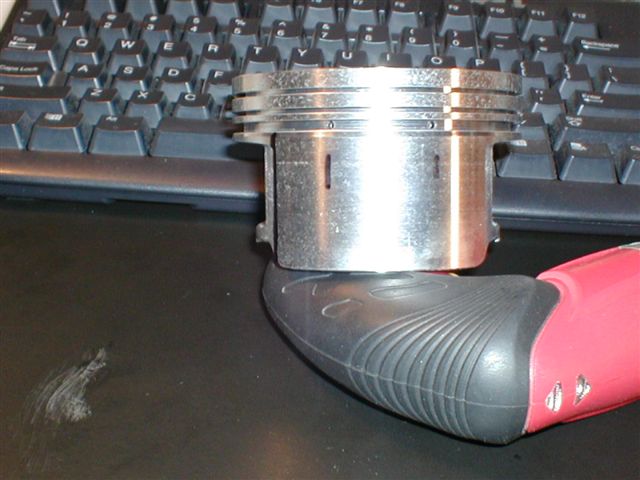Here are the instructions that I got from Jerry Lemond on how to drill extra oil drain holes in our 3.5L pistons:
Drill a hole, the same size as the ring land, where the two black lines are on the skirt, right under the two factory drilled oil holes, then drill holes to the left and to the right at the other black lines right besides the boss where the wrist pin is. Use a battery powered hand drill set to slow speed with a new sharp drill bit. It drills very easy.
EDIT: To be clear, and I double checked with Jerry, the holes need to be drilled IN the ring land and not on the skirt of the piston.
Simple and to the point.




 Reply With Quote
Reply With Quote














